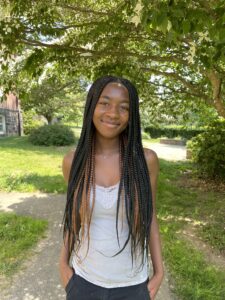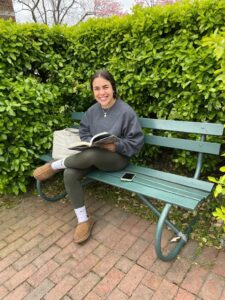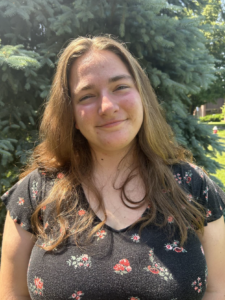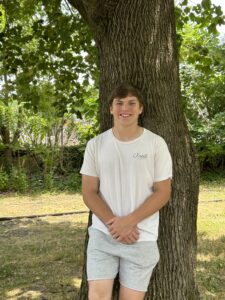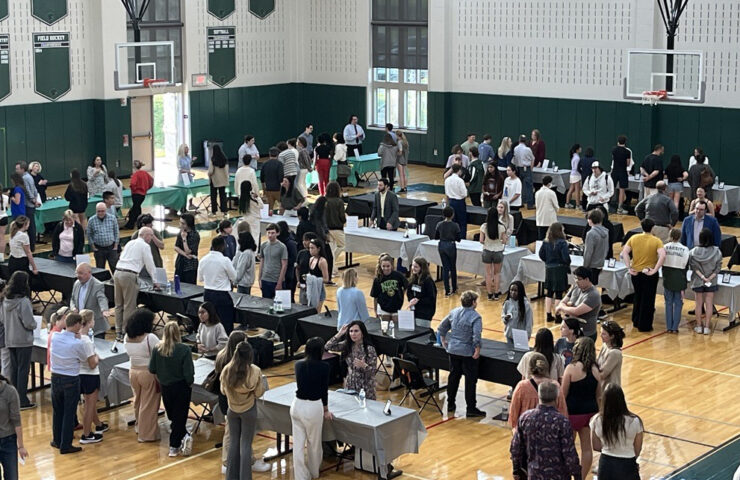
At the start, the college process can feel pretty overwhelming. Students and their families are often familiar with only a limited number of colleges and universities, and may be unaware of the vast array of schools and programs that may be worth their consideration.
Enter the Unbranded College Fair.
This spring at George School, the College Counseling team invited fifty-two schools from across the country and around the world to engage in conversations with students and their families—in an unconventional way. During the first half of the fair, college representatives staffed numbered tables with no identifying props, materials or information — only a sheet displaying five distinguishing facts about their school. Students and their families were assigned a number and started their journey at that table, reading through the facts and talking with that representative.
“The goal is to begin conversations without preconceived ideas of the institution that the person represents,” explains Associate Director of College Counseling Nick Dillman, “then use the second portion of the fair to explore schools that are already on students’ radar along with new schools that may not have been.”
Rebecca Palmer ‘24 loved the format, and was pleased with the diversity of schools represented. “I was asking questions. I know I want to go to a larger university. Diversity is another factor that’s important to me and I’m interested in pre-law, so those are the questions I asked.”
“One thing we know about George School students is that they are curious and ask great questions – we hear this time and time again from admission officers who come through our school each fall,” said Director of College Counseling Beth Ann Burkmar.
Aliyah Fadaga ’24 hopes to become a physician assistant, and began talking to a representative about the school’s program. “I was immediately drawn in,” she said, “they had a really strong program.”
The “big reveal” happens midway through the fair, as the colleges roll out their banners and share their identities. Students then have the opportunity to meet with admission reps in a traditional college fair format.
Aliyah found out that she had been talking with the representative from St. Joseph’s University, a school that hadn’t been on her radar before the fair. “It was a fun way to learn about a school I didn’t know anything about,” she said. “Now it’s definitely on my list!”
“Giving the students some direction by assigning them numbers at the start was great,” said Sarah Ireland, an admission representative from Skidmore College. “Each student who came to my table had about five to seven questions. Just before the reveal, there were students hovering around my table, waiting to find out what school I represented. Then once I put the banner out, there was a rush of students wanting to talk more.”
Monique Baptiste-Sanders p ’24 thought it was a brilliant way to engage students in the college process. “Eliminating the ‘brand’ shifts the power dynamic between students and representatives,” she explained. “It puts the onus on the student to carry the conversation and ask questions, and it also pushes the college representatives to think about how they represent their schools.”
George School juniors begin their college process by participating in small group seminars guided by a college counselor, where they reflect on their own personal values, the factors that will be important in their selection process, the majors they might consider, and other factors that are important to them and their growth as they move beyond George School.
“Building on the thoughtful work our students have done in their college seminars,” explains Beth Ann, “It’s our hope that the conversations our students have during the fair will help them learn about the ways in which colleges present themselves, give them practice speaking with admission officers, and empower them to share what they want out of their college experience.”

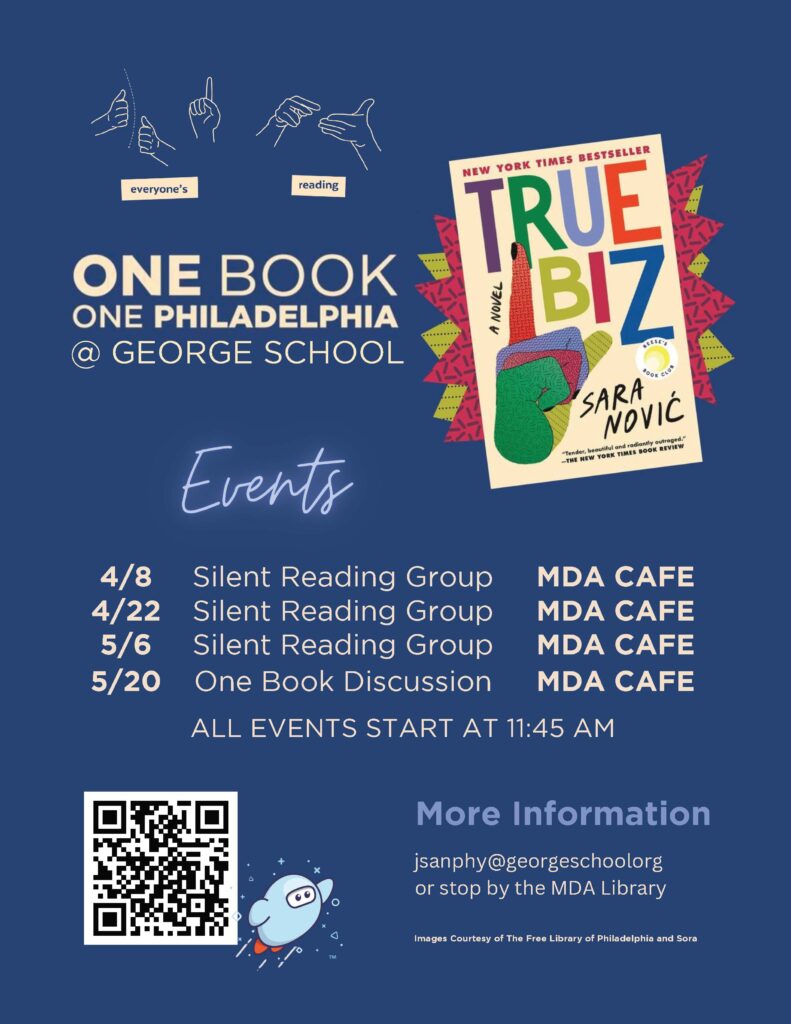
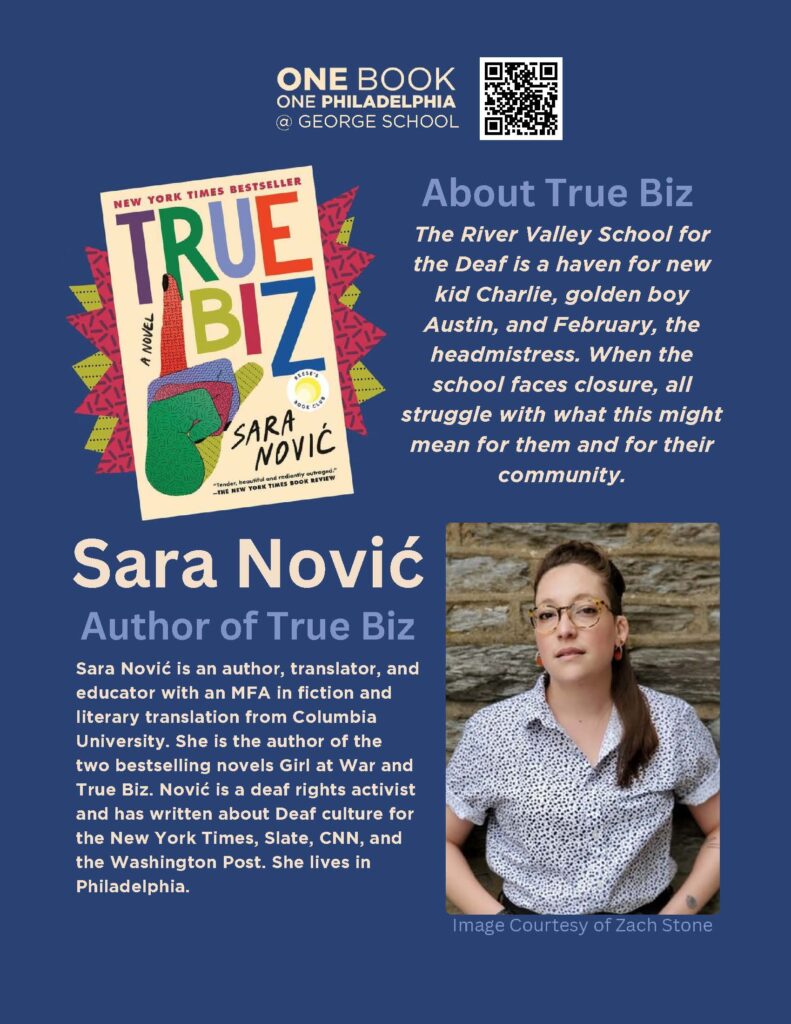



 Monastir, Tunisia, and Amman, Jordan
Monastir, Tunisia, and Amman, Jordan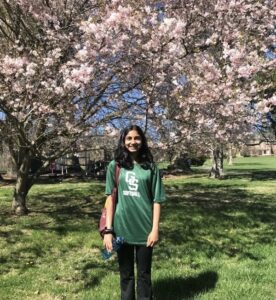 Irvine, CA
Irvine, CA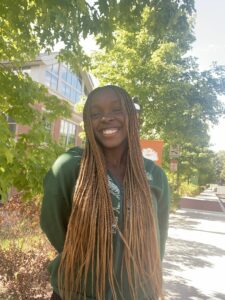 Feasterville-Trevose, PA
Feasterville-Trevose, PA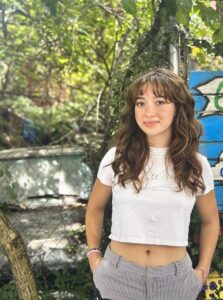 New Hope, PA (Previously NYC)
New Hope, PA (Previously NYC)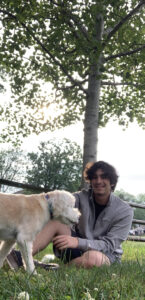 Richboro, PA
Richboro, PA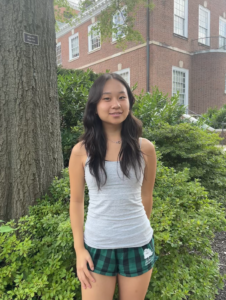 Englewood, NJ
Englewood, NJ Ningbo, Zhejiang, China
Ningbo, Zhejiang, China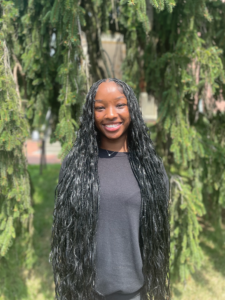 Willingboro, NJ
Willingboro, NJ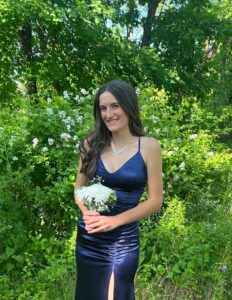 Yardley, PA
Yardley, PA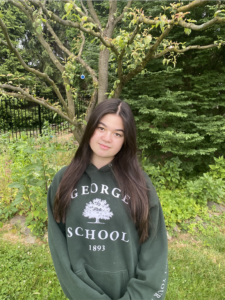 Newtown, PA
Newtown, PA Holicong, PA
Holicong, PA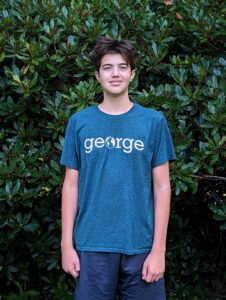 Newtown, PA
Newtown, PA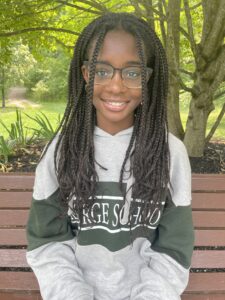 Hamilton, NJ
Hamilton, NJ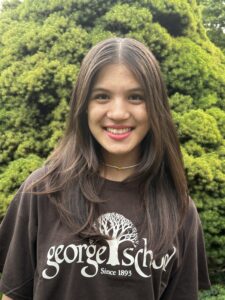 Yardley, PA
Yardley, PA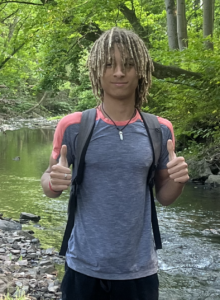 Lambertville, NJ
Lambertville, NJ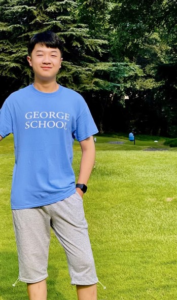 Chongqing, China
Chongqing, China Pennington, NJ
Pennington, NJ Yardley, PA
Yardley, PA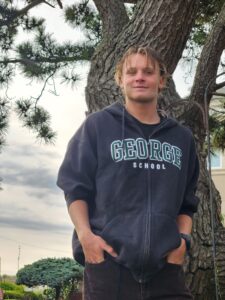 Bensalem, PA
Bensalem, PA Borgota, Colombia
Borgota, Colombia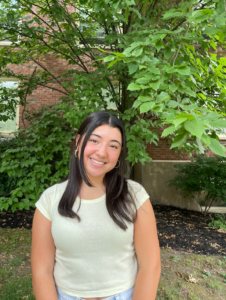 Newtown, PA
Newtown, PA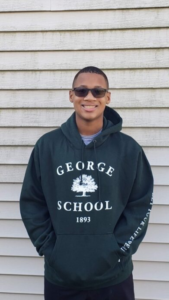 Burlington, NJ
Burlington, NJ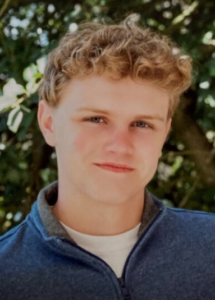 Langhorne, PA
Langhorne, PA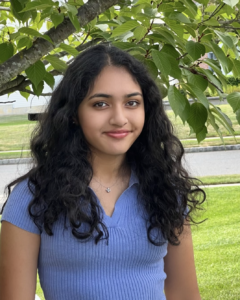 Princeton, NJ
Princeton, NJ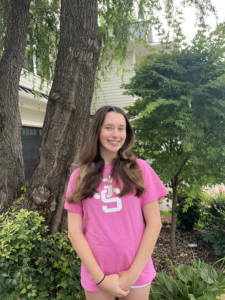 Langhorne, PA
Langhorne, PA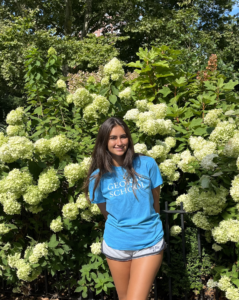 New York City, NY
New York City, NY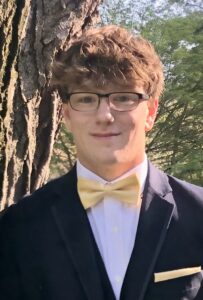 New Hope, PA
New Hope, PA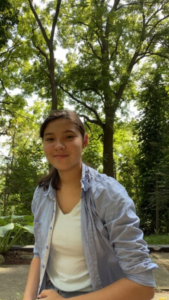 St. Catharines, Ontario, Canada
St. Catharines, Ontario, Canada Providenciales, Turks and Caicos Islands
Providenciales, Turks and Caicos Islands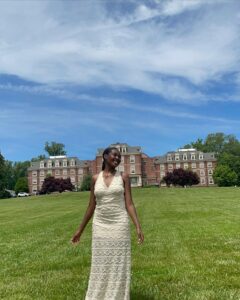 Willingboro, NJ
Willingboro, NJ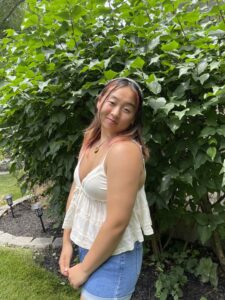 Princeton, NJ
Princeton, NJ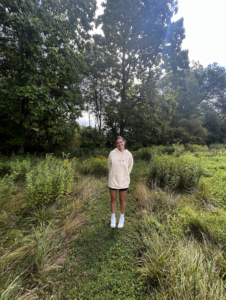
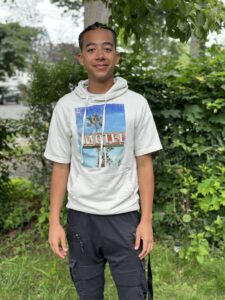 Newark, NJ
Newark, NJ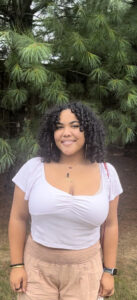 Trenton, NJ
Trenton, NJ Newtown, PA
Newtown, PA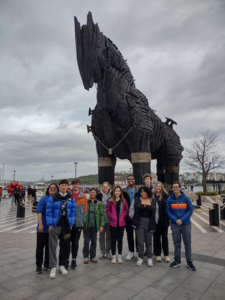
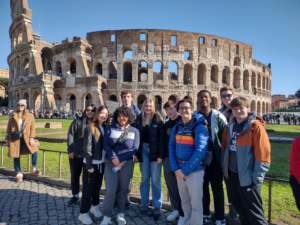
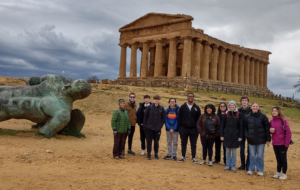

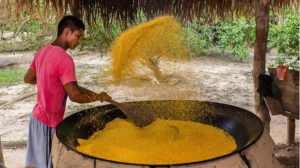


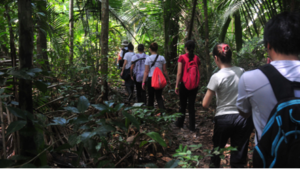
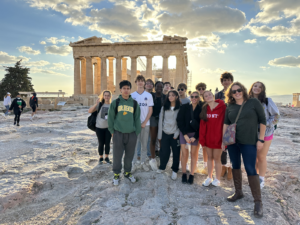
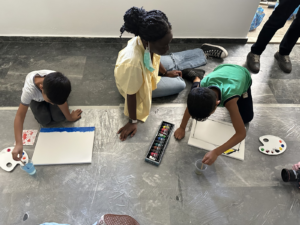
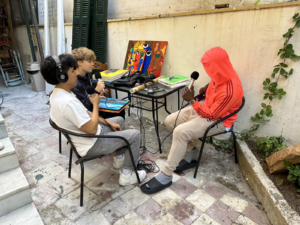
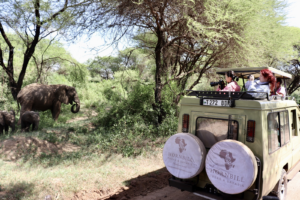
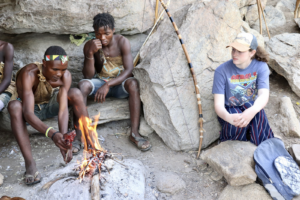
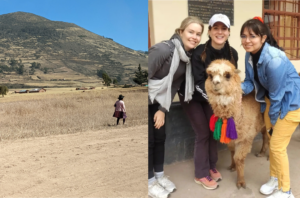

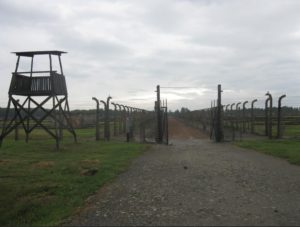
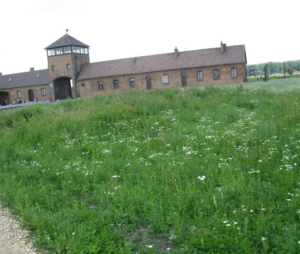
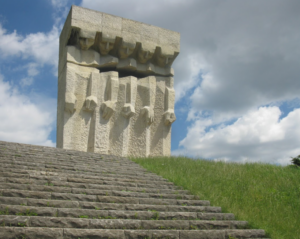
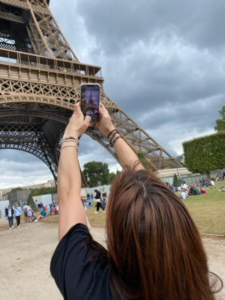
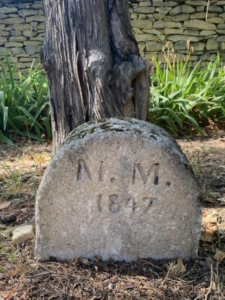
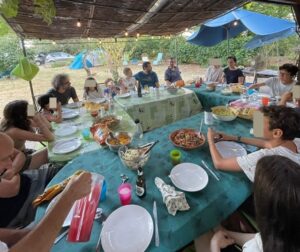
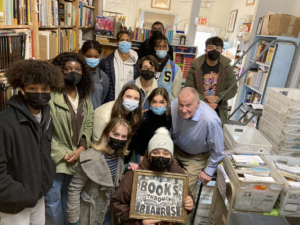
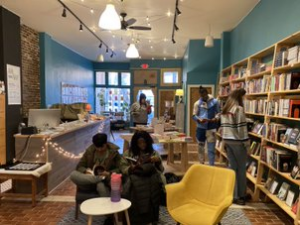
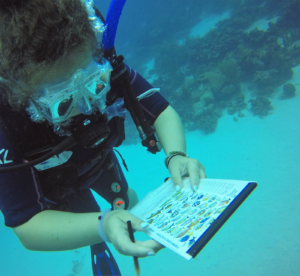
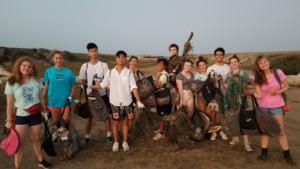
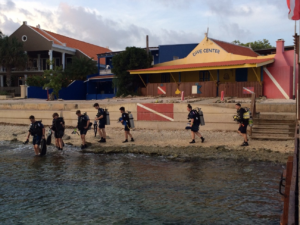
 Lawrence, NJ
Lawrence, NJ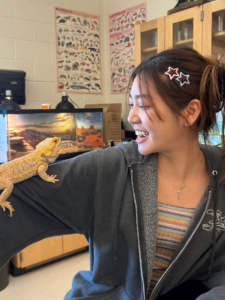 Seoul, South Korea
Seoul, South Korea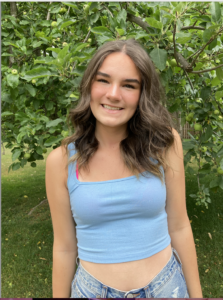
 Milwaukee, Wisconsin
Milwaukee, Wisconsin Pennington, NJ
Pennington, NJ Jenkintown, PA
Jenkintown, PA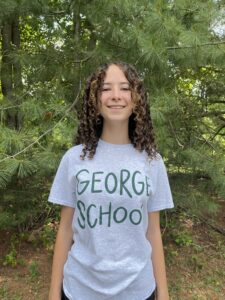 Ottsville, PA
Ottsville, PA Yardley, PA
Yardley, PA Providenciales, Turks and Caicos Islands
Providenciales, Turks and Caicos Islands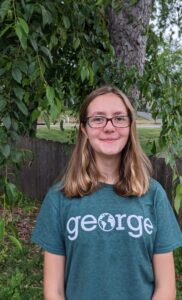 Hopewell, NJ
Hopewell, NJ
 Pottstown, PA
Pottstown, PA Playa del Carmen, Quintana Roo, México
Playa del Carmen, Quintana Roo, México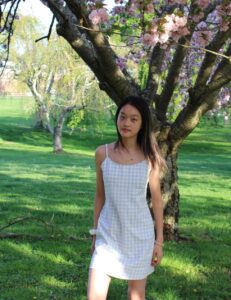 Shanghai, China
Shanghai, China Beijing, China
Beijing, China Yardley, PA
Yardley, PA Beijing, China
Beijing, China Holland, PA
Holland, PA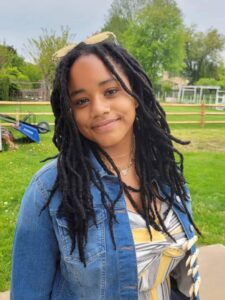 Langhorne, PA
Langhorne, PA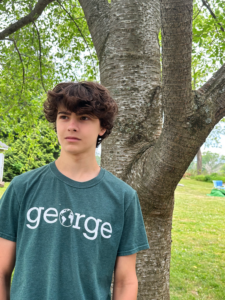 Ringoes, NJ
Ringoes, NJ New Hope, PA
New Hope, PA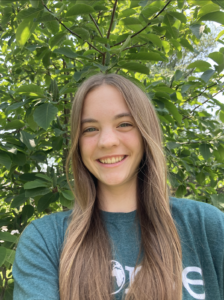 Dreshner, PA
Dreshner, PA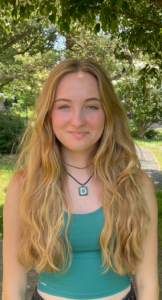 Yardley, PA
Yardley, PA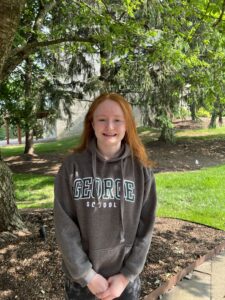 Yardley, PA
Yardley, PA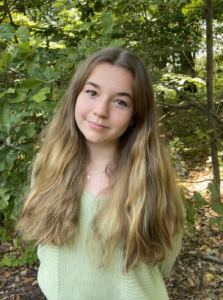 PA
PA

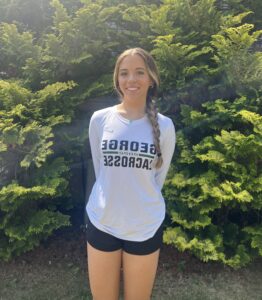
 Xi’an, China
Xi’an, China